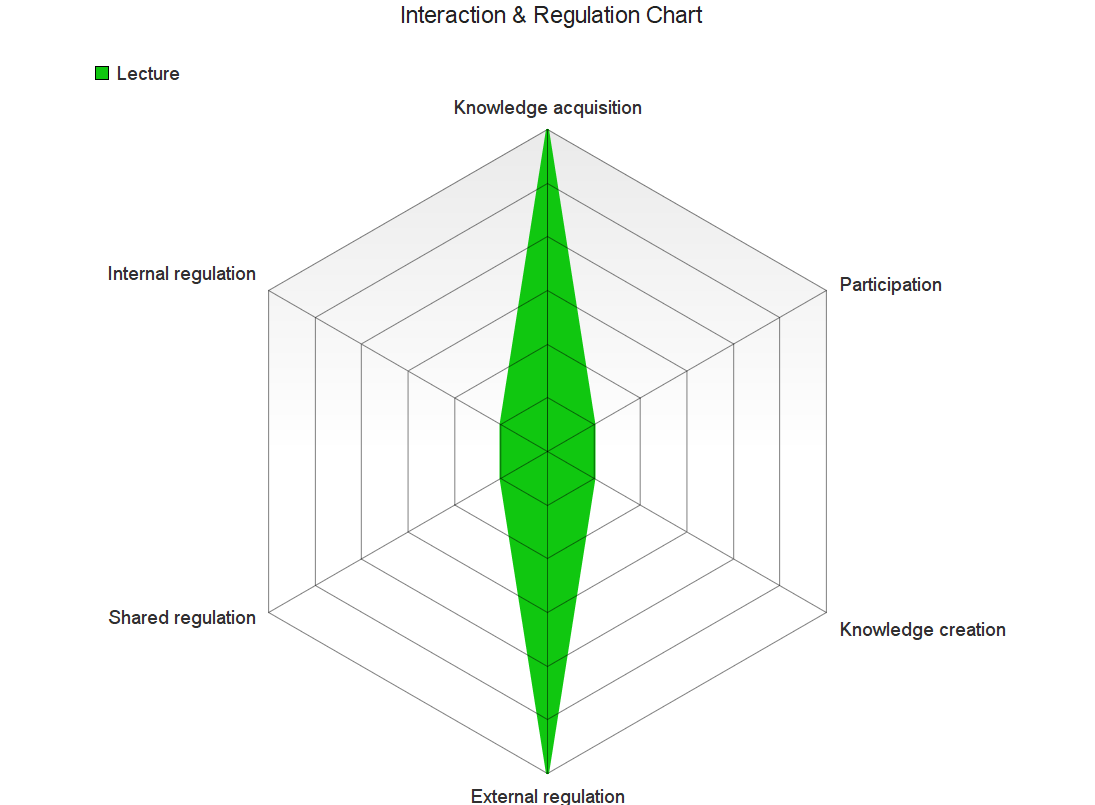-
Activity Name:
Lecture
-
21st Century Skills:
Learning to learn
Interaction Modes:
Mass lecture, Small group lecture

Lecture
Why?
This is basic. However, with Flinga, the aim is to provide an enriched multimodal teaching session. Further, the point of an activating lecture is to get students to focus on what the professor says, by forcing students to reflect on what is being taught and how it relates with their prior knowledge and beliefs, and further contribute to discussion with own thoughts.
How?
An activating lecture begins with the activation of existing knowledge (see script “Activating existing knowledge”). After that the Flinga runs at the background of the lecture, where the students can ask questions and comment. From time to time the teacher stops the presentation and discusses the questions and comments togerther with the students.
Pro Tips!
It’s not essential to react to every comment or question the students present through Flinga during the haste of a lecture. The most important aspect of Flinga is, that the students come aware of each other’s thoughts and see their own ideas as a part of a communal entirety of shared knowledge. The instructor can also encourage the students to answer themselves to their own questions.
It’s a challenge to find the perfect balance between student activating measures and efficient progress of presentation during a common lecture. So keep in mind, that if you want to make more room for discussion during your lesson, you can’t expect to present as much content as during a lecture with no room for discussion.
If the Flinga is used in the background during your presentation, don’t be surprised if the students concentrate more on the Flinga-discussion than your presentation. This is the reason why you need some rules for using Flinga during the lectures. For example, you can advise the students only to use Flinga during a ”discussion pause” in between the topics, or the students are permitted to use Flinga also during your presentation, but only for sending top priority questions or comments based on your show.
